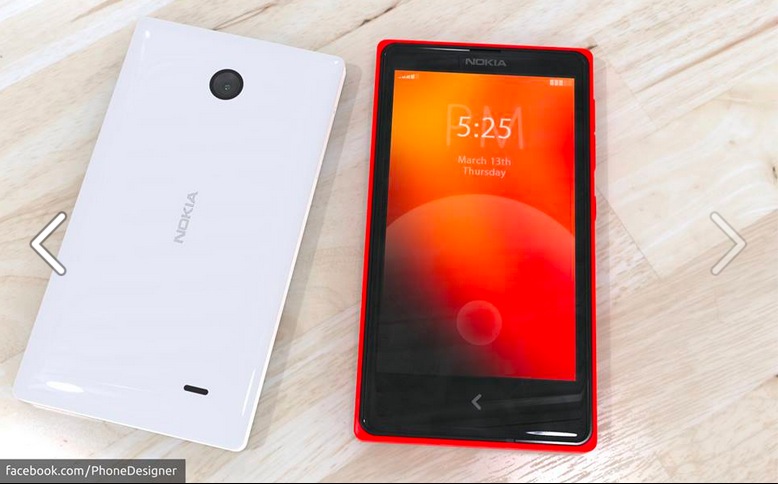What is “Forked Android”, and What does it Mean for Nokia?
 If you’ve followed up with the most recent news tidbits about the Nokia Normandy/Project N, you probably heard that the device is running a “forked version” of android, rather than the Asha platform that we expected. MNB can also individually confirm that this is true in terms of the OS running on the device, as we’ve heard it from multiple other sources as well. But what does it even mean?
If you’ve followed up with the most recent news tidbits about the Nokia Normandy/Project N, you probably heard that the device is running a “forked version” of android, rather than the Asha platform that we expected. MNB can also individually confirm that this is true in terms of the OS running on the device, as we’ve heard it from multiple other sources as well. But what does it even mean?
Basically instead of running the Android version you might find on any Samsung, HTC or LG out there, it will run something called the Android Open Source Project or AOSP. What this means is instead of using the Android version that Google have refined (Kitkat, Jelly bean etc.) the device runs a more “pure” Android experience. Where it’s built off the same source-code that the mainstream Android uses, but instead the OEM (in this case Nokia) are free to further develop the software on their own; since it’s a TRUE open source platform.
However this means that any device built off of a “forked” version of android, or AOSP doesn’t naively have access to the Google play store, Android’s biggest weapon. Instead the OEM will have to make their own app store and populate it with apps of their own; however the apps are usually fully compatible and require little to no modifications, so it’s simply a factor of getting the publisher to add them to another app store (and there’s no reason why they wouldn’t). Of course you can also gain access to the Play store and its apps by side-loading them onto the device, but that’s another story.
The other difference is the fact that AOSP is completely free, unlike the mainstream android which has fooled many into thinking is truly free, but in fact has some hidden costs. These costs come from the Google services big G insists on adding on to their platform in an all or none fashion. These include, Google Maps, Gmail, G+ and almost all other Google owned and published app services. So although Android itself might be free, Google still charges OEMs for adding some of the services onto their devices.
The upside for Nokia in this crossroads is once they are free to use the forked version of Android, they can bundle their own navigating and mapping apps on it (HERE maps); which if you’ll recall was a major factor that stopped Nokia from going full Android before the decision to join the WP ecosystem.
This all adds up to one very important factor, the fact that Nokia could push their low end devices to an even cheaper price-point, without truly sacrificing on performance (provided the SW on Normandy runs smoothly) by avoiding the need to pay any royalties and licensing fees for the use of the software. This however does lead to a problem in the plan, and that comes in the form of Microsoft.
A low end, ultra-cheap “Android” phone would ultimately lead to increased competition against Microsoft’s most successful and best selling phone, the Lumia 520. Microsoft is having enough trouble as it is in the high end of the market, without adding more competition to its platform in the low-end, the area where it’s thriving best. However the upside to the fact that the Normandy isn’t running conventional Android is that Microsoft could use this as a chance to further promote their own services, such as SkyDrive, Skype and Bing (as allThingsD points out). At that point it becomes an internal decision for Microsoft, whether they’d like to accept the fact that some people would just prefer to buy an Android; and capitalize on the chance to make money in other aspects; or continue to blindly and bullishly push WP by pumping money at it. This might however explain the recent rumor of Microsoft considering to drop licensing fees on some version of WP and RT in the future; who knows what will happen?
Category: Android, Applications, Lumia, Nokia, Windows Phone





Connect
Connect with us on the following social media platforms.